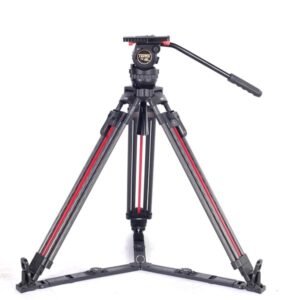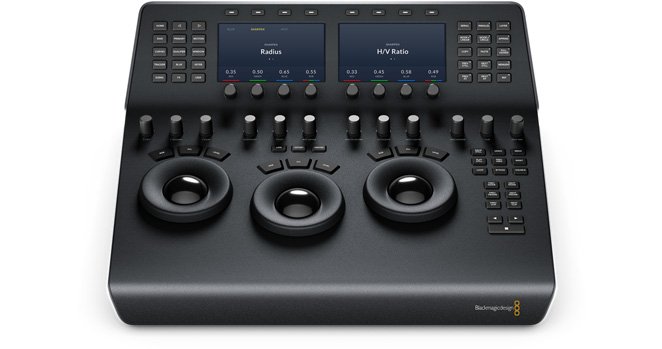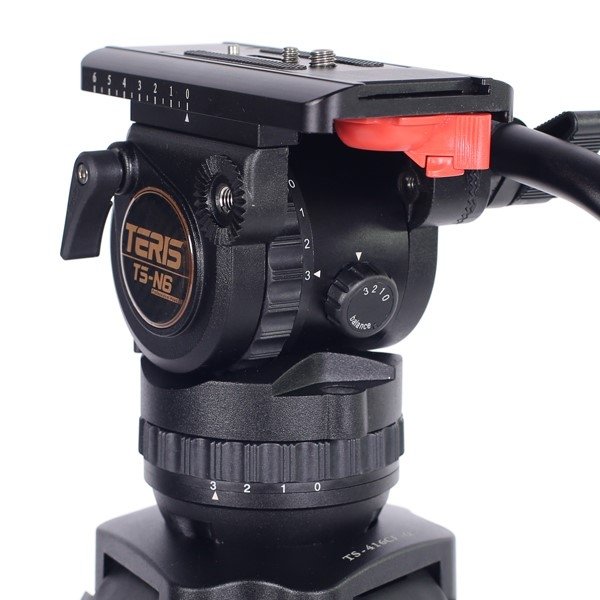Whether you’re shooting a cinematic masterpiece, a fast-paced commercial, or a simple YouTube vlog, one tool remains essential across all levels of filmmaking: the tripod. Often underestimated, a tripod is the foundation of your camera rig. It can dramatically affect the stability, fluidity, and professionalism of your shots.
In this guide, we’ll break down everything you need to know to choose the right tripod for your filmmaking needs — from material choices to fluid head types — and help you match the right tripod to your style of production.
🎬 Why Tripods Matter in Filmmaking
A good tripod does more than just hold your camera:
- Provides rock-solid stability
- Allows for smooth pan and tilt movements
- Helps you shoot consistently over long periods
- Improves framing precision
- Enables creative shots like time-lapses, interviews, and locked-off scenes
🎥 Pro Insight: Using the wrong tripod can lead to jittery shots, wasted time on set, and even damaged gear.
⚙️ 1. Know Your Shooting Style
Different filmmaking styles call for different tripod features:
| Shooting Style | Tripod Features to Look For |
|---|---|
| Documentary/ENG | Lightweight, quick setup, durable for travel |
| Cinematic/Commercial | Heavy-duty, smooth fluid head, adjustable drag |
| Studio Interviews | Stable base, pan-tilt control, high weight capacity |
| Run-and-Gun | Compact, fast-folding legs, mid-spreader for stability |
| Vlogging/YouTube | Lightweight, portable, quick-release head |
🪶 2. Tripod Material: Aluminum vs. Carbon Fiber
Your choice of material affects the weight, durability, and cost.
🟠 Aluminum Tripods
- Pros: Affordable, sturdy
- Cons: Heavier, less weather-resistant
- Best For: Studio setups or budget-conscious filmmakers
⚫ Carbon Fiber Tripods
- Pros: Lightweight, durable, vibration-resistant
- Cons: More expensive
- Best For: Travel, outdoor shoots, high-end production
💡 Recommendation:
Consider the Teris TS-N6AL Aluminum Tripod Kit for reliable studio use or the Teris TS-N6CF-Q Carbon Fiber Tripod Kit for lightweight, professional-grade shooting on the move.
🎛️ 3. Fluid Head Types: Smooth Movement Is Key
Your tripod head determines how fluidly you can pan or tilt the camera.
🎥 Fluid Heads
- Use hydraulic fluid to dampen movements
- Offer smooth pans/tilts for cinematic shots
- Adjustable drag settings for different camera weights
🔒 Ball Heads (Not Ideal for Video)
- Good for photography
- Not suitable for controlled video motion
✅ For video work, always choose a fluid head with pan and tilt locks and counterbalance options.
📏 4. Height, Payload & Stability
Choosing the right size ensures comfort and support for your gear.
📐 Key Considerations:
- Max Height: Should match eye level or shooting requirements
- Minimum Height: Useful for low-angle or tabletop shots
- Payload Capacity: Your tripod must support the total weight of your camera, lens, mic, and monitor
- Leg Locks: Twist or lever locks — choose based on speed and preference
🔩 Tip: Leave at least 20–30% margin above your camera weight to avoid instability.
🧰 5. Additional Tripod Features to Consider
| Feature | Why It Matters |
|---|---|
| Mid-Level Spreader | Improves stability on uneven surfaces |
| Rubber Feet/Spikes | Adapt to indoor and outdoor terrain |
| Quick-Release Plate | Faster transitions between tripod and handheld |
| Bubble Level | Ensures level horizons |
| Counterbalance System | Supports heavier cameras with smoother tilt motion |
🔍 6. Real-World Use Case: Teris Tripod Kits
Teris TS-N6CF-Q Carbon Fiber Tripod Kit
- Lightweight carbon fiber legs
- Fluid drag system for pan and tilt
- Mid-spreader for added stability
- Great for mobile filmmaking teams and outdoor shooting
Teris TS-N6AL Aluminum Tripod Kit
- Rugged aluminum build for studio or static setups
- Smooth movement and excellent height range
- Durable for everyday use
🛒 Both models are available on [Your Website] — trusted by professionals for reliability and performance.
🧠 7. Maintenance Tips to Keep Your Tripod Performing
- Clean legs and locks after outdoor use
- Check for loose screws and retighten as needed
- Store in a dry case to avoid corrosion
- Lubricate the fluid head occasionally (if user-serviceable)
✅ Conclusion: Build Your Shots from the Ground Up
Choosing the right tripod is an investment in the quality and efficiency of your filmmaking. From smooth camera motion to rock-solid support, your tripod plays a critical role in every production. Whether you’re on a rugged mountaintop or in a quiet studio, make sure your tripod matches your style, gear, and shooting conditions.
🎥 Explore Our Professional Tripod Range
At [Your Brand Name], we offer a curated selection of professional tripod kits, including industry-trusted models from Teris and other top brands. Whether you need carbon fiber strength or studio-grade stability, we’ve got you covered.
👉 Shop Now | 📞 Get Expert Advice | 💼 Bulk Orders Available














0 Comments